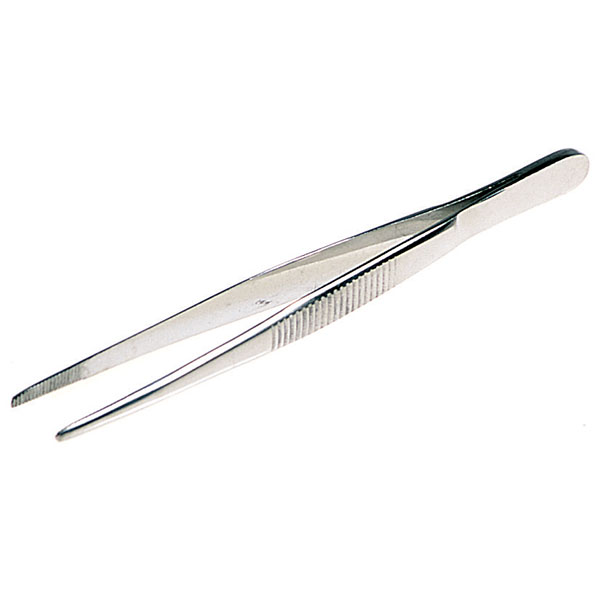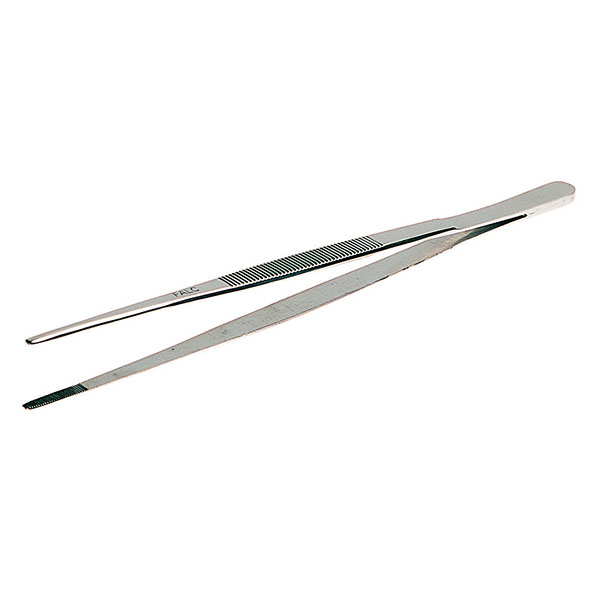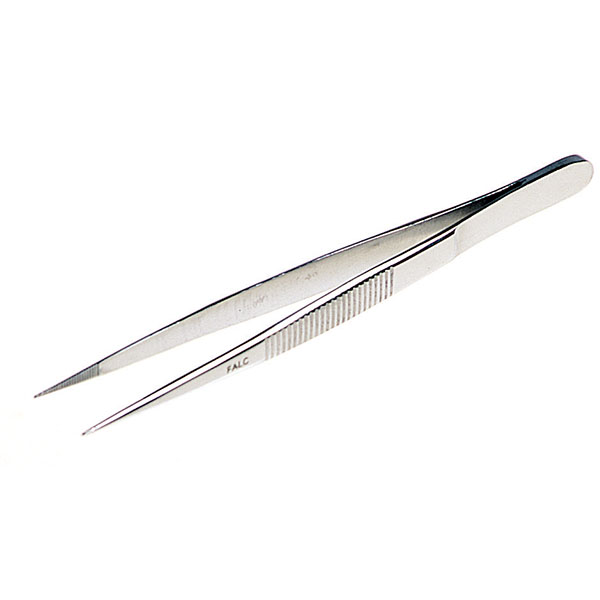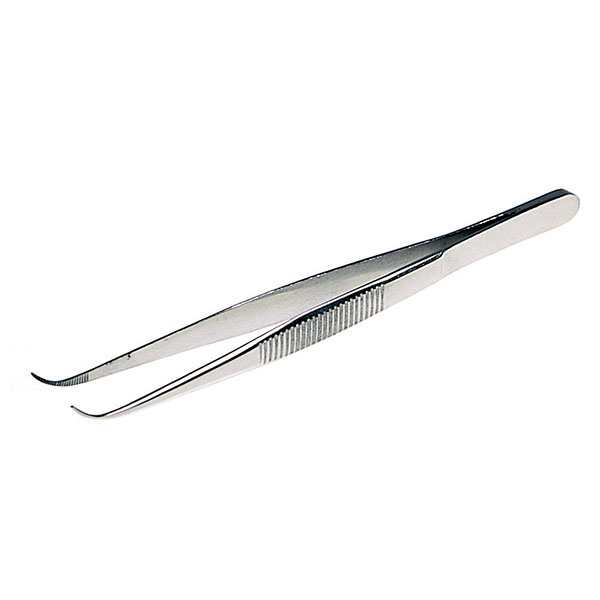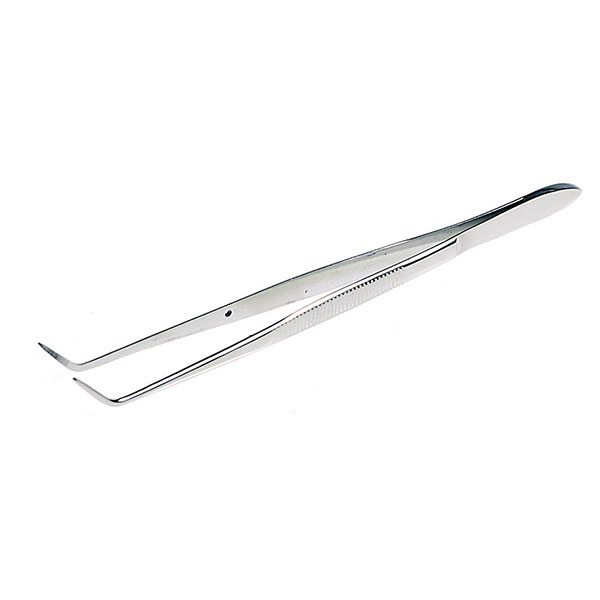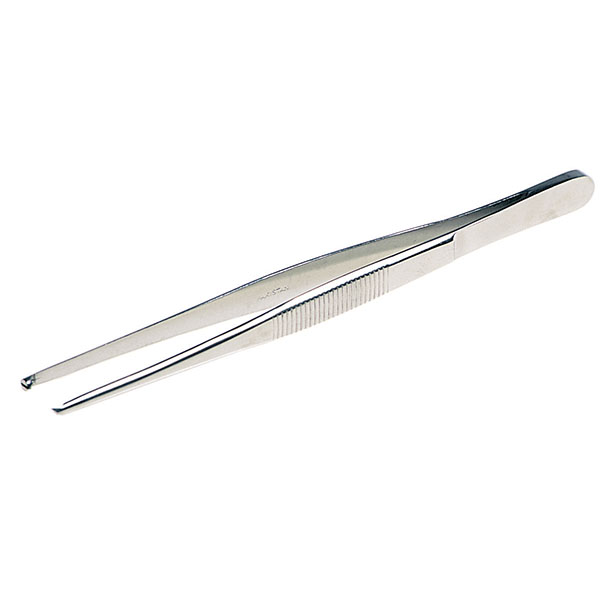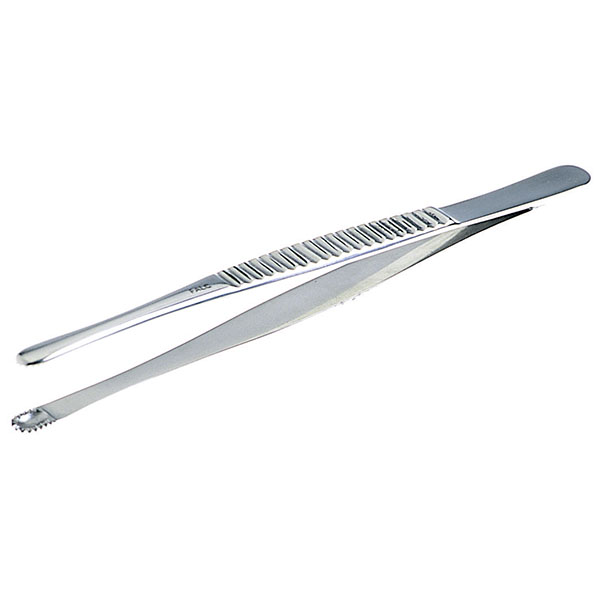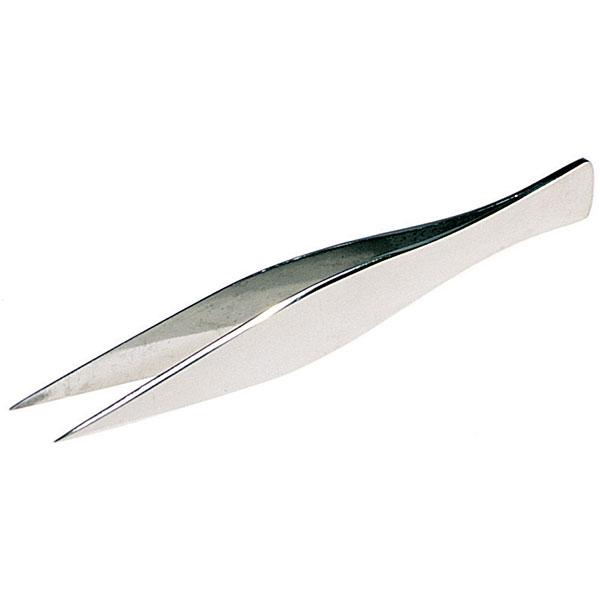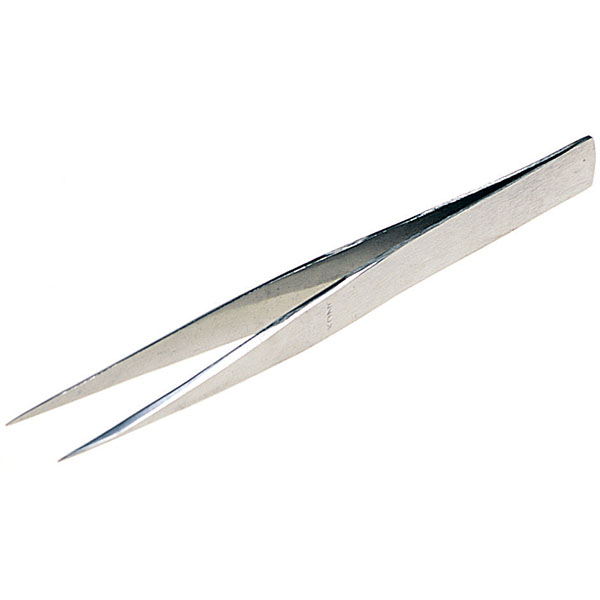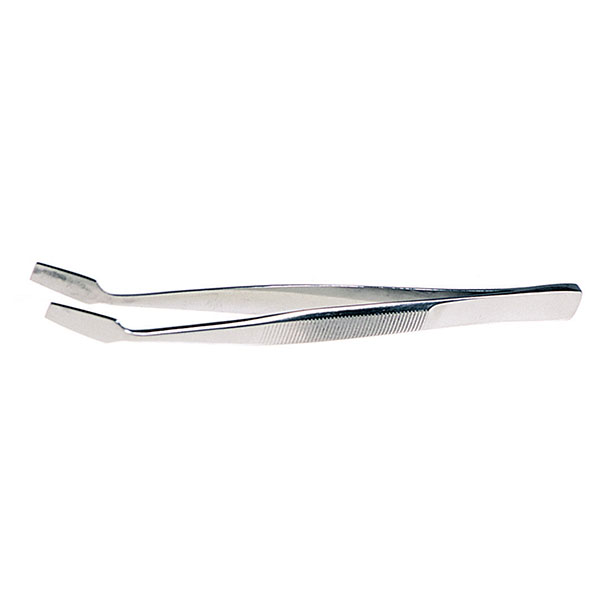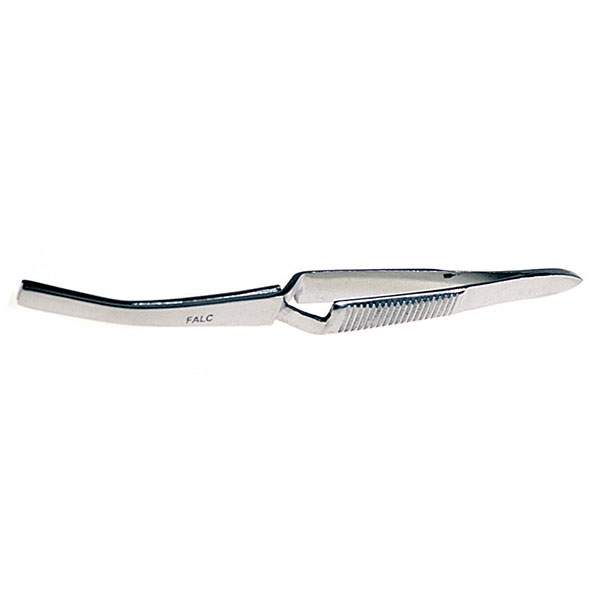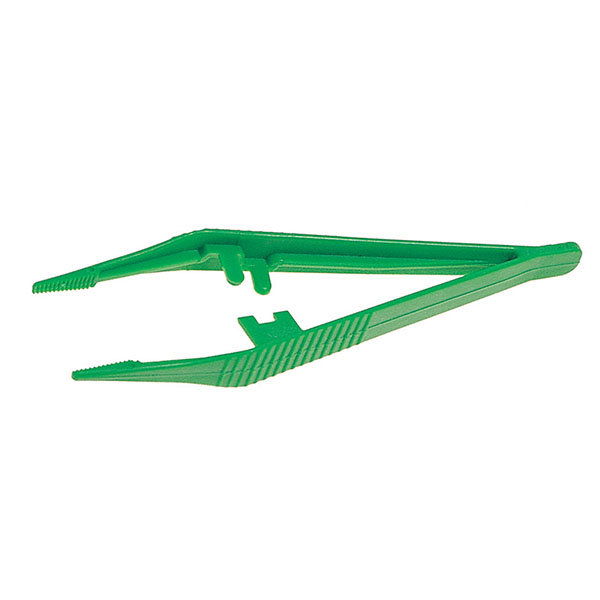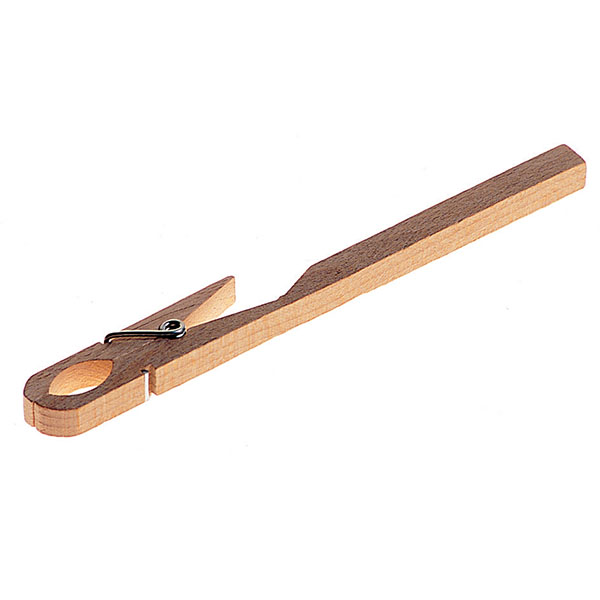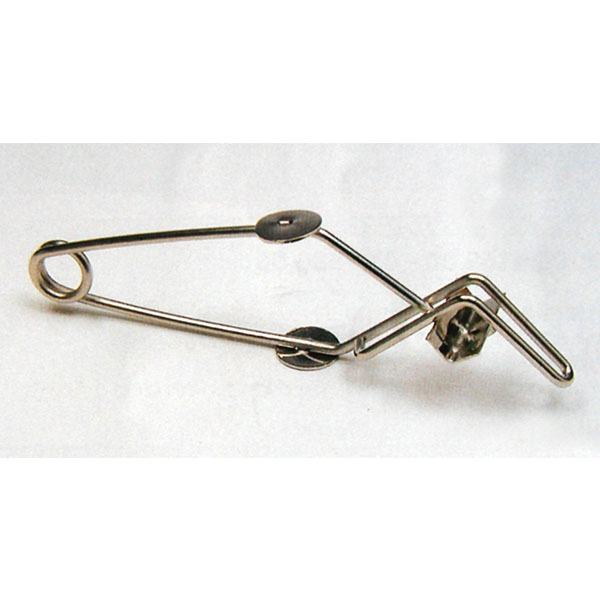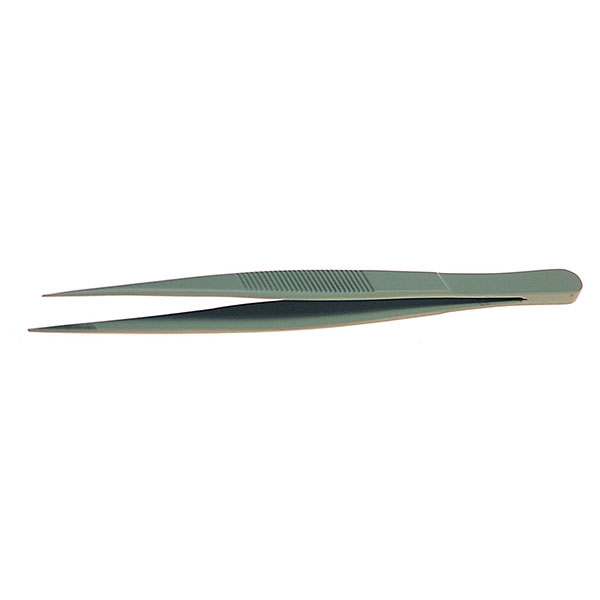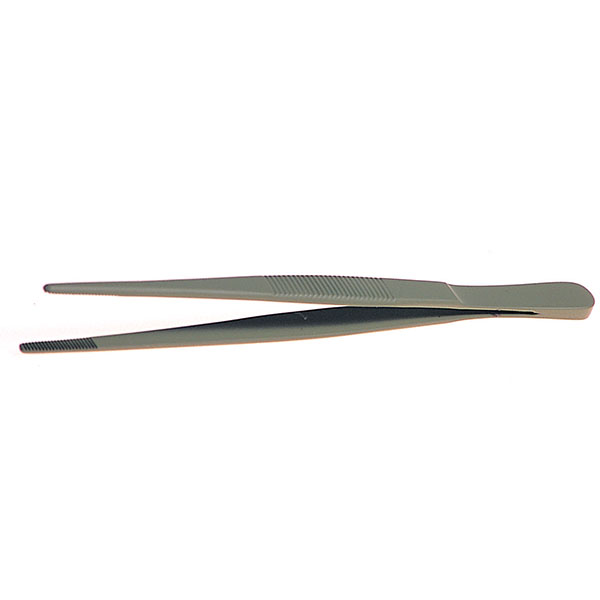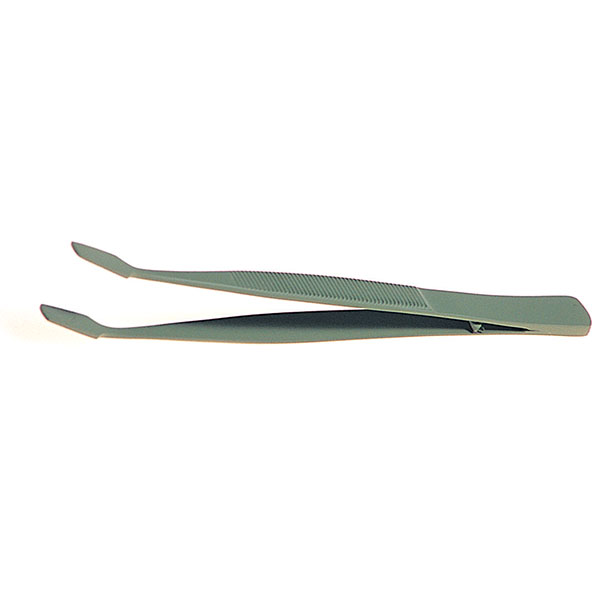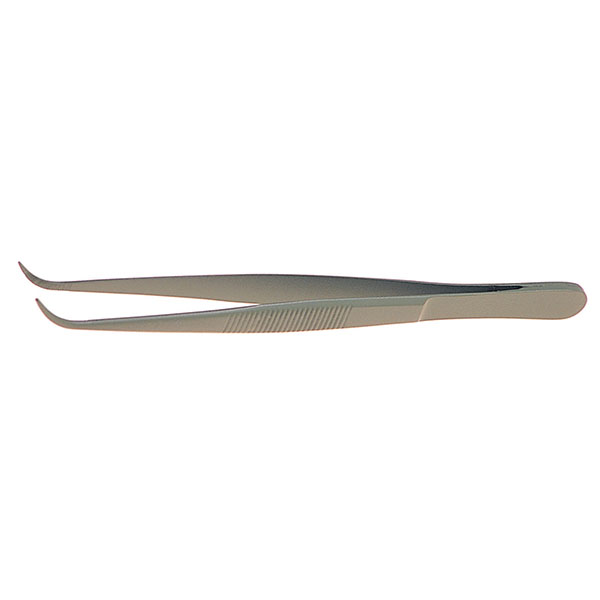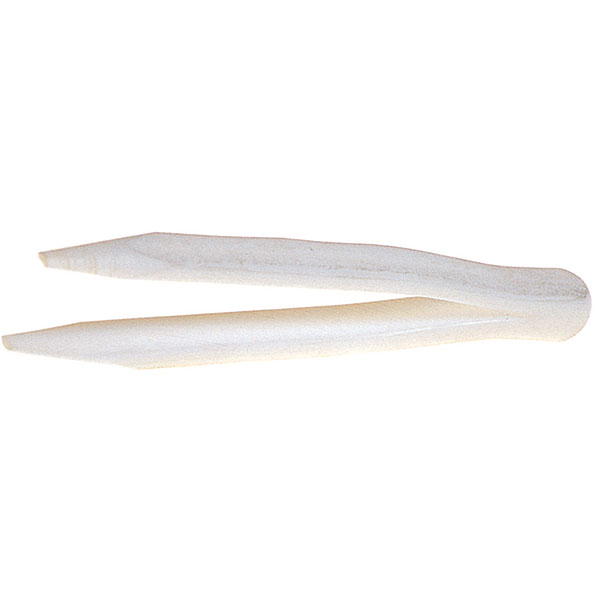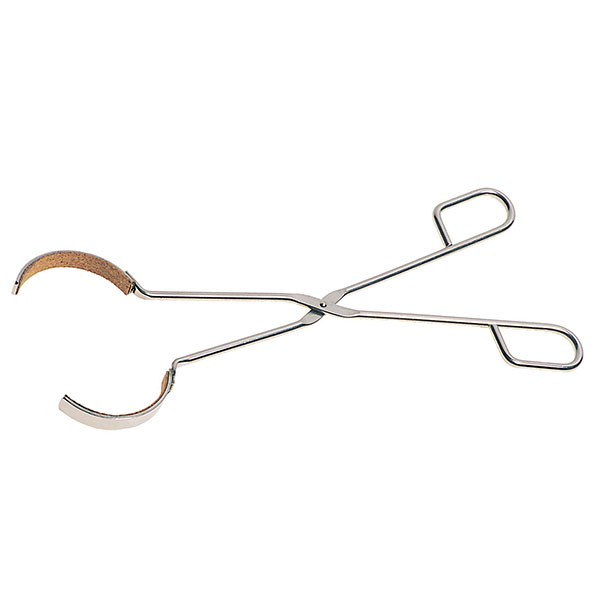Pliers are extremely commonly used tools in a chemical laboratory. They can have various roles, but generally serve to be able to handle equipment without exposing oneself to risk. In fact, it is common in a laboratory for it to be risky to grasp vessels by hand, especially when working at high temperatures. There are various models, produced in different shapes, sizes and materials, depending on the purpose for which they are used.
Wood tongs
Wood clamps are generally used to support test tubes. Firstly, the size of the section supporting the instrument is smaller than that of other clamps. Their shape is similar to that of common clothes pegs, but with a longer handle. These are in fact usually used to bring test tubes close to the Bunsen burner, and it is necessary to keep the hand at the right distance. Wooden tongs are often sold in boxes with several pieces.
.
In metal
Metal models are usually made of stainless steel. Their shape resembles that of scissors, but instead of having blades, they have a pair of arms whose task is to hold the equipment. For this reason, the arms of metal models can be covered with plastic material to increase grip.
There are two main variants of metal pliers, which are characterised by the shape of their arms. The first model has arms that form two semicircles and are used to hold glass glasses. The inside of the semi-circles of the arms can be covered with cork, again to increase the gripping power. The second model is characterised by arms that end upwards, or double curvature. This model is used to support crucibles.
Other models
There is a large number of clamps used in the laboratory, with different purposes. There are for example clamp models, with the purpose of tightening tubes. These consist of a stainless steel ring, which is inserted around the tube and adjusted with a screw. Hoffman clamps, on the other hand, are used to tighten pre-fixed pipes. These are a nickel-plated carbon structure with a movable and adjustable bar to squeeze the tube via a press system. Finally, mention can be made of models that attach to a support, such as flask clamps and thermometer clamps. However, these are but a few of the types of pliers commonly used in a laboratory.



